Selecting the right proppant is critical for optimizing hydraulic fracturing operations. Traditional API proppant crush testing provides valuable quality control data but fall short in predicting proppant pack permeability and conductivity. Complete Crush™ provides a new, proprietary approach to proppant crush testing that leverages a modified Kozeny-Carman equation to estimate permeability directly from crush testing, offering engineers a more practical and predictive tool for proppant selection.
K-Value – Limitations of a Traditional Proppant Crush Testing
API-STD19C, the industry standard for crush testing, measures the percentage of fines generated under stress but does not account for key factors such as proppant grain shape, sphericity, and porosity. The K-Value, commonly used to infer proppant performance, has shown weak correlation with actual permeability and conductivity measurements. As a result, operators relying solely on K-Value may not be making the best proppant choices for their specific reservoir conditions.
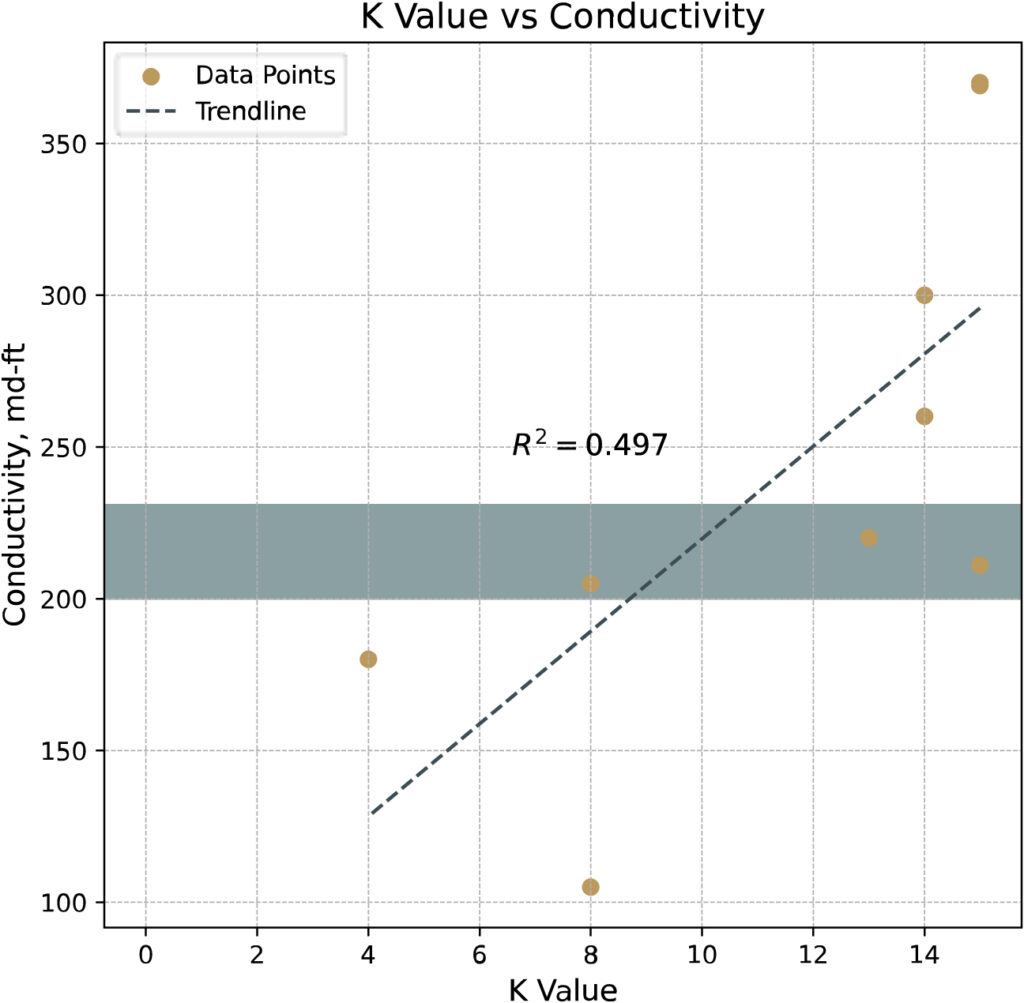
K-Value has shown weak correlation with actual permeability and conductivity measurements
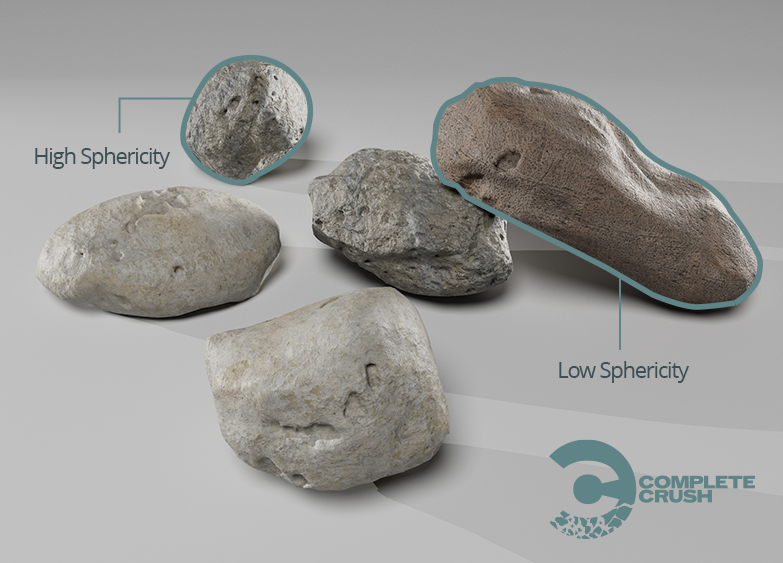
Estimates of grain sphericity and grain shape are necessary to calculate permeability accurately for the modified Kozeny-Carman equation.
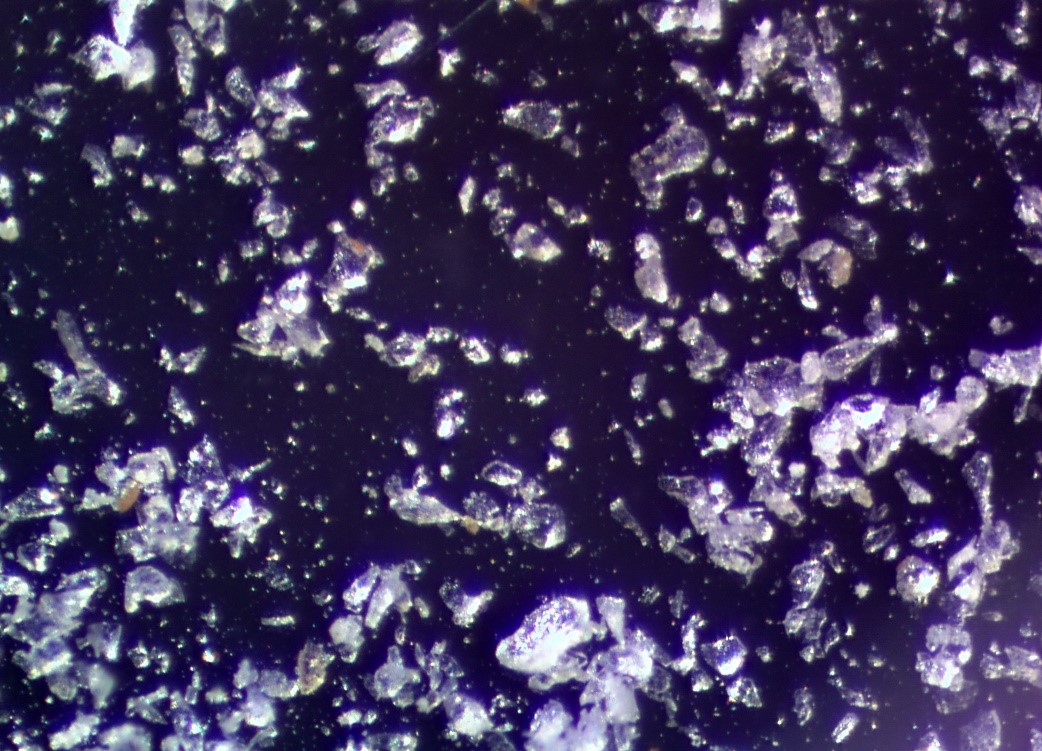
Many grains crush to the 635-Mesh (.02 mm) grain size making it difficult to determine sphericity visually.
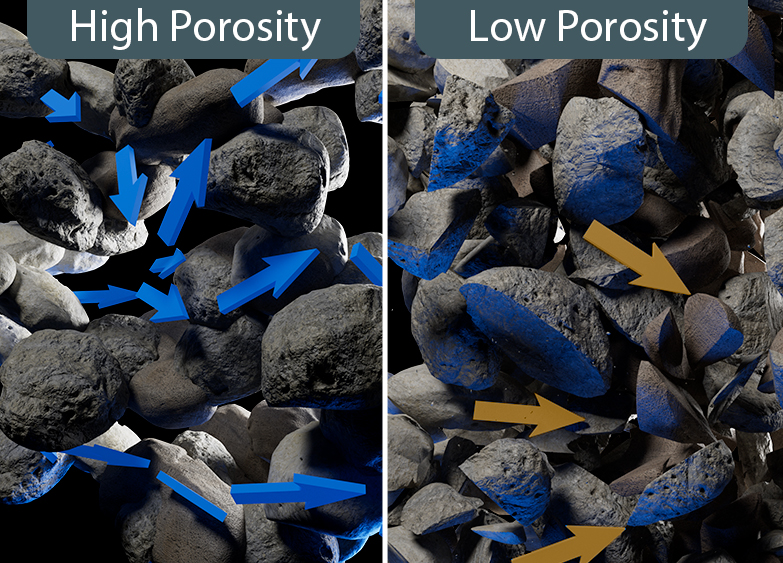
Crush tests were conducted focusing on the porosity and the median particle diameter of the pack rather than the percentage of fines generated at the given stress levels.
Complete Crush™ – Proppant Crush Testing for Permeability
The Kozeny-Carman equation describes fluid flow through porous media by considering parameters like porosity, grain size, and sphericity. However, the traditional Kozeny constant (c = 180) does not accurately reflect the behavior of proppant packs under stress. By empirically deriving a revised Kozeny constant and incorporating stress-dependent sphericity reductions, engineers can use proppant crush test data to predict permeability with a high degree of accuracy.
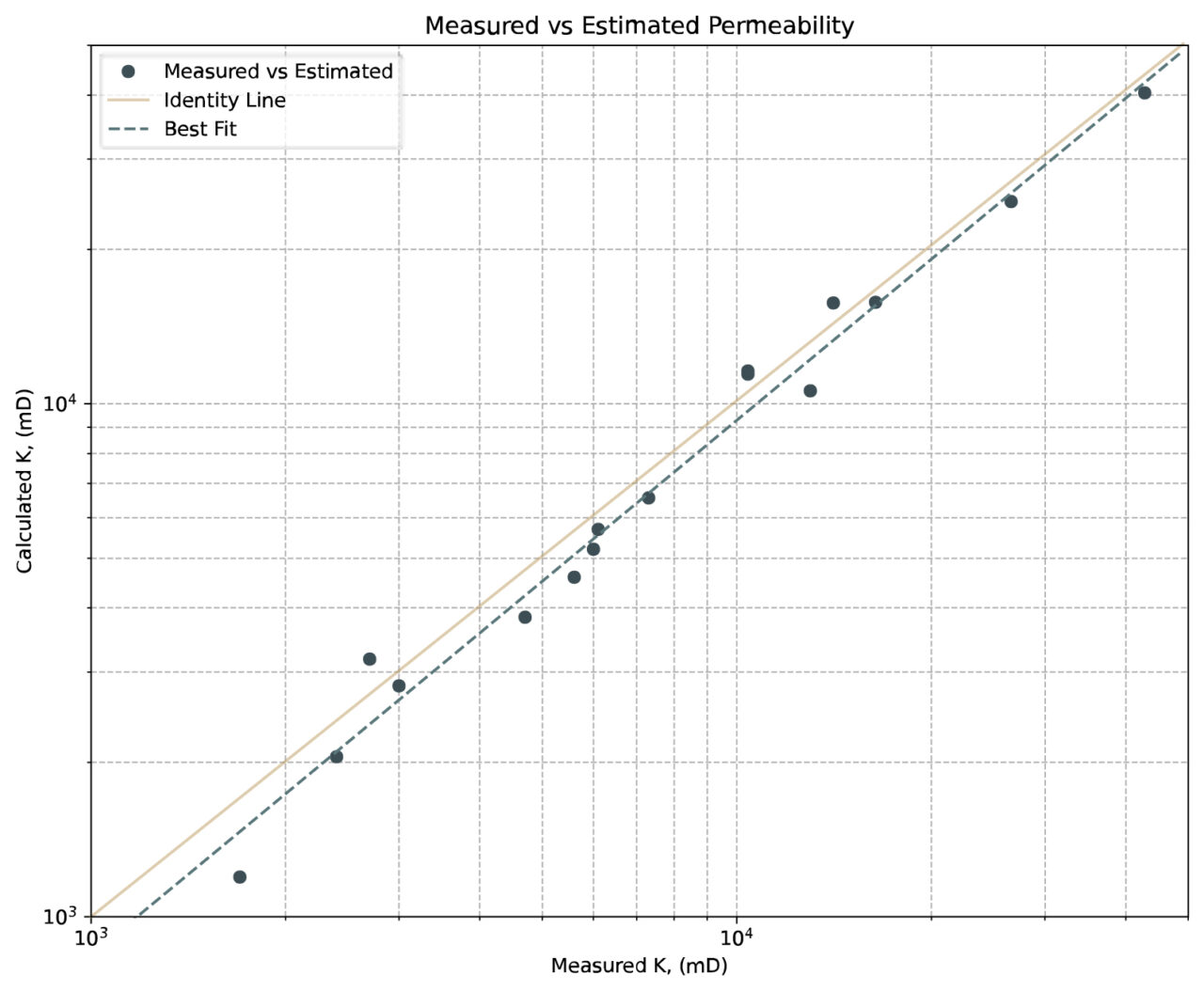
Considering geometric properties (porosity, grain size, and sphericity) more accurately predicts permeability
The Best Application of Proppant Crush Testing
| K-Value Testing | Complete Crush™ |
|---|---|
| Routine QAQC purposes | Reliable proppant selection |
| Utilizes API-STD 19C | Incorporates geometric properties of the sand pack |
| Max PSI stress value | ✓ | – |
| Shape | – | ✓ |
| Sphericity | – | ✓ |
| Porosity | – | ✓ |
| Permeability | – | ✓ |
| Conductivity | – | ✓ |

This innovative approach transforms standard crush testing into a powerful tool for permeability estimation, bridging the gap between lab tests and real-world proppant performance. By integrating the revised Kozeny-Carman equation, engineers gain a more reliable, cost-effective method for selecting proppants suited to their operational needs.
Select The Right Proppant
For more insights into optimizing proppant selection and hydraulic fracturing efficiency, contact our team or explore our latest research on proppant performance.
